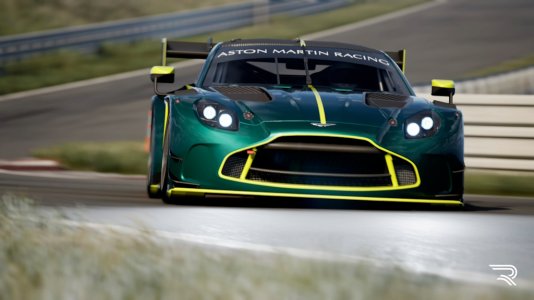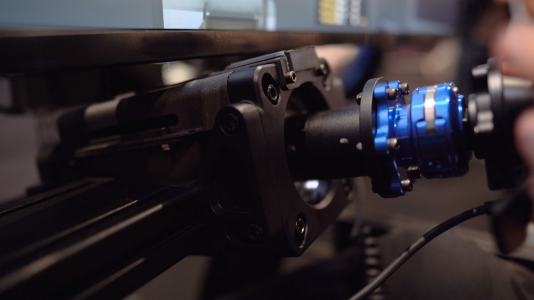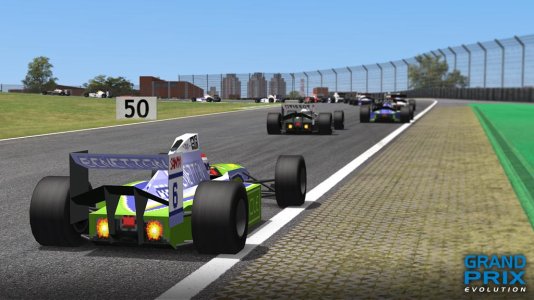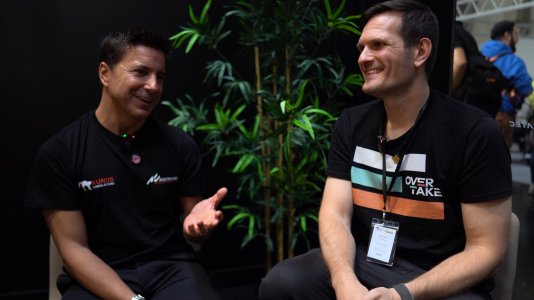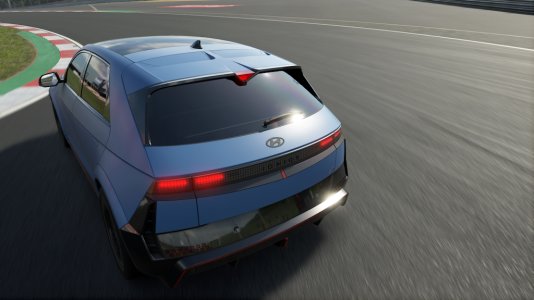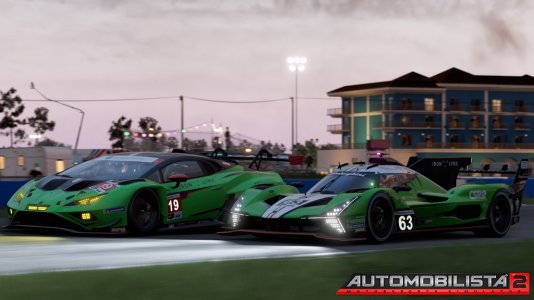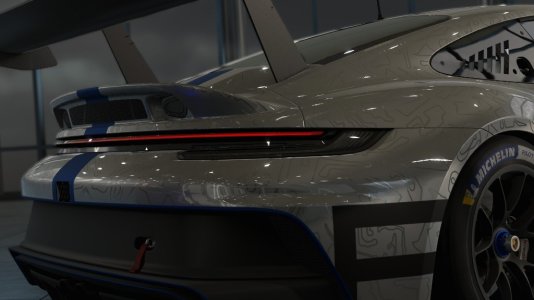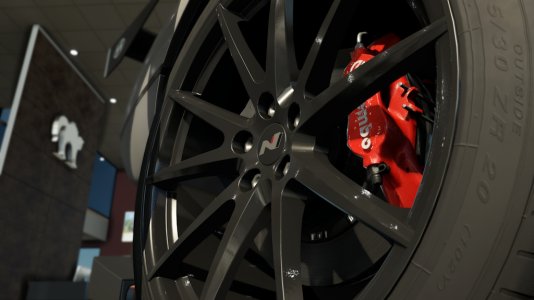Mr Latte
Premium
I have both cantilevered, prefer dampened response from suspended mount more than direct one, it also tames down some knocking. But Road Impact and Road Rumble especially curbs in ACC really shine with Mini-LFE at 25hz.
Not even close lad....
With ACC we can have RR / RV / IMP / G-FORCE all active from different curbs/bumps.
These individual effects can each be given their own felt character and also tuned to operate differently with the telemetry for key roles. So when activated and combined the generated output is much more than what can be achieved with traditional or common approaches.
It's learning how we use each and then what sensations we find suit each, to then create a mini-orchestra bringing all the elements together.
Those first two 2 corners from Monza you highlighted......
Sausage curbs = floaty rebound
Saw curbs = machine gun rapid fire
Painting a scene:
I want the positional wheel vibes, but also a real rawness and deep power, with something relating to reverb from wheel arches/suspension and within the chassis too.
For me, it has to feel very full, edgy but diverse with lots of body, not just a smack or using only a limited range of frequencies.
Still work to be done but......
I've been told with (beta-effects) development in ACC, we have reached more enjoyable/immersive/detailed bumps and curbs than D-Box or SFX.
Then again preferences and opinions vary....
Last edited:


